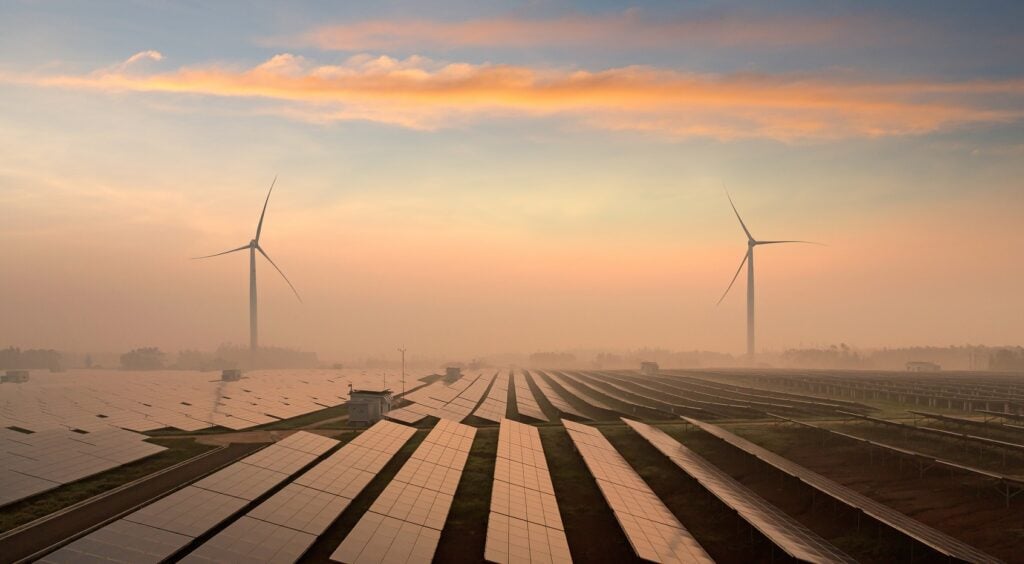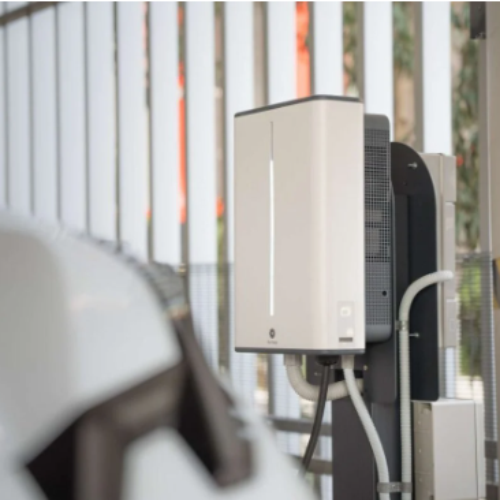While renewable generation decreased significantly last year compared to 2020 due to less favourable weather conditions, it was still the second best year on record.
According to the latest figures from the Department for Business, Energy and Industrial Strategy (BEIS), renewable generation decreased by 9.5% to 121.9TWh, with wind speeds in particular below average every month except February.
As a result wind dropped 14%, while solar decreased by 5.9% mostly because of lower average daily sun hours. Hydro also fell by 26% when compared to 2020, with the key driver being the lower average rainfall in 2021.
While generation from renewables fell, it follows record highs achieved during 2020. Indeed, generation from renewables in 2021 is still the second highest on record, BEIS said.
Renewables’ share of generation also dropped during the year, however, from a record high of 43.1% to 39.3%.
Meanwhile, capacity grew by 1.6GW, a 3.4% increase. This is higher than the 1GW installed during 2020, with some projects having been delayed due to COVID-19 restrictions.
Growth in capacity, with an additional 337MW of solar PV capacity, mostly microgeneration schemes of less than 50kW, combined with longer average sun hours boosted solar generation in Q4 2021 by 24% compared to Q4 2020.
Q4 also saw wind generation increase by 3.3%, despite slightly lower average wind speeds, as capacity for wind generation rose compared to the same period in 2020.
Overall, renewable generation increased by 4% in Q4 2021 compared to the same period in 2020.
Throughout the whole of 2021, coal demand rose to 7.3 million tonnes, 2.9% higher than in 2020. This was driven by a 14% rise in coal-fired electricity generation from a record low in 2020 following COVID-19 restrictions and high renewable electricity generation that year.
Coal has steadily been declining in the UK, with numerous coal closures in the past several years and a target of October 2024 for the end of coal generation in the country.
However, last month the government wrote to Uniper, EDF and Drax to request that they delay the closure of their final coal plants, with Uniper and EDF’s set to close this year and Drax’s having stopped coal generation last year, although the units won’t be formally closed until September when their existing Capacity Market obligations end.
Electricity demand increased slightly in 2021 with the lifting of COVID-19 restrictions, although this was offset by warmer temperatures. Final consumption of electricity was 285TWh in 2021, a rise of 1.8%.
Total electricity generated in the year was 310TWh, 0.7% lower than in 2020 and the lowest value on the published data series, BEIS said.
The difference between demand and generation was accounted for by record net imports of 25TWh, up by 37%.






